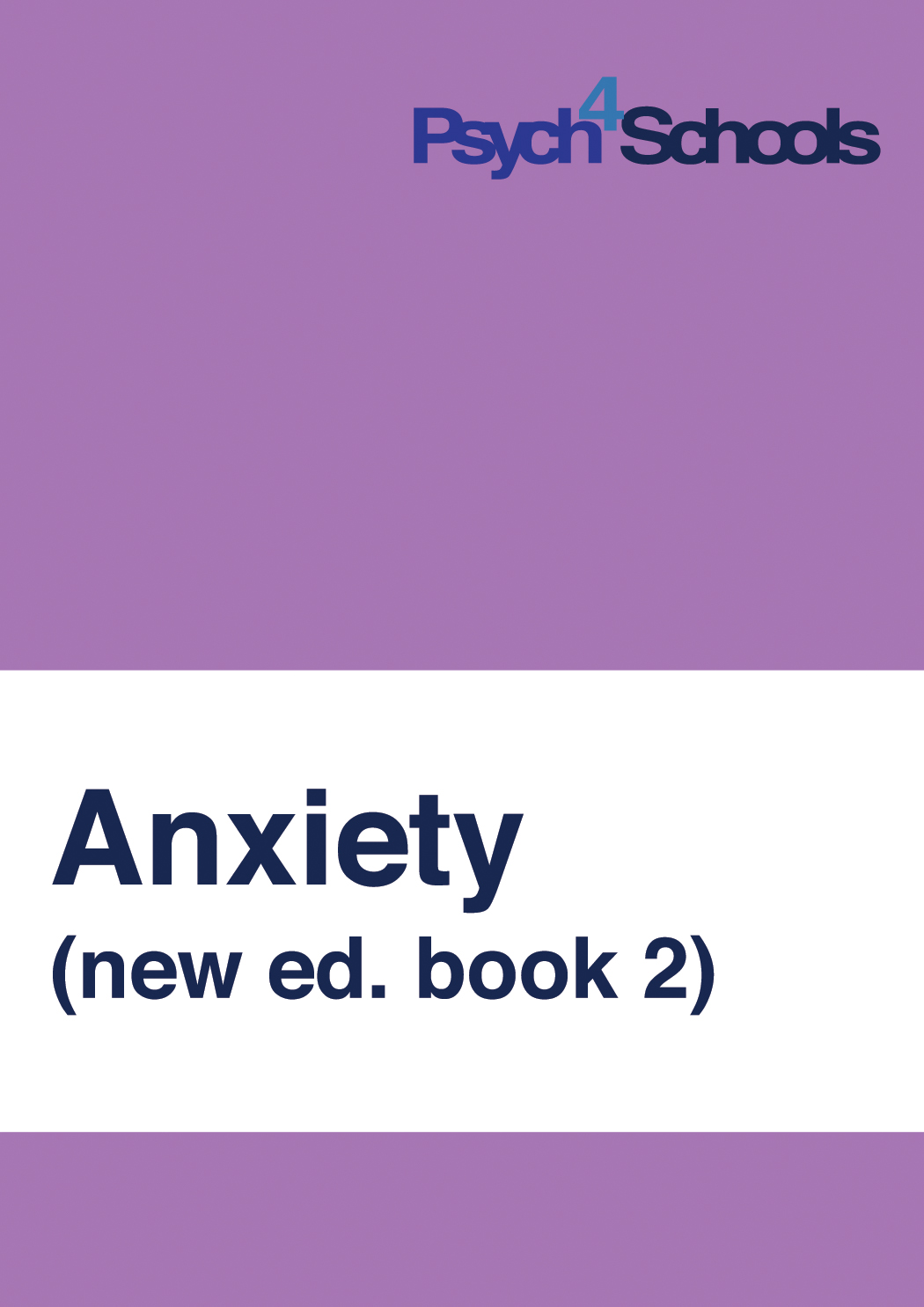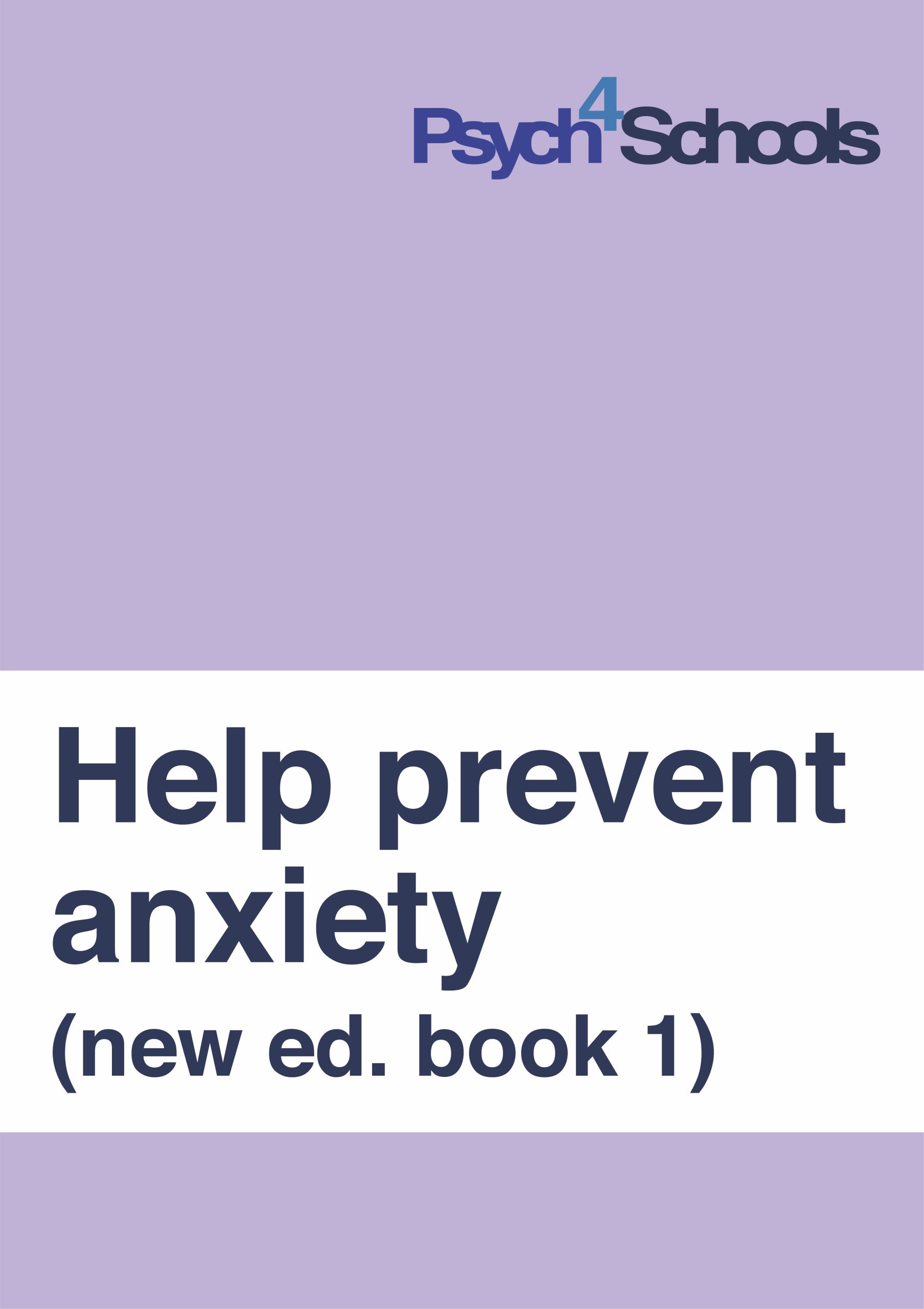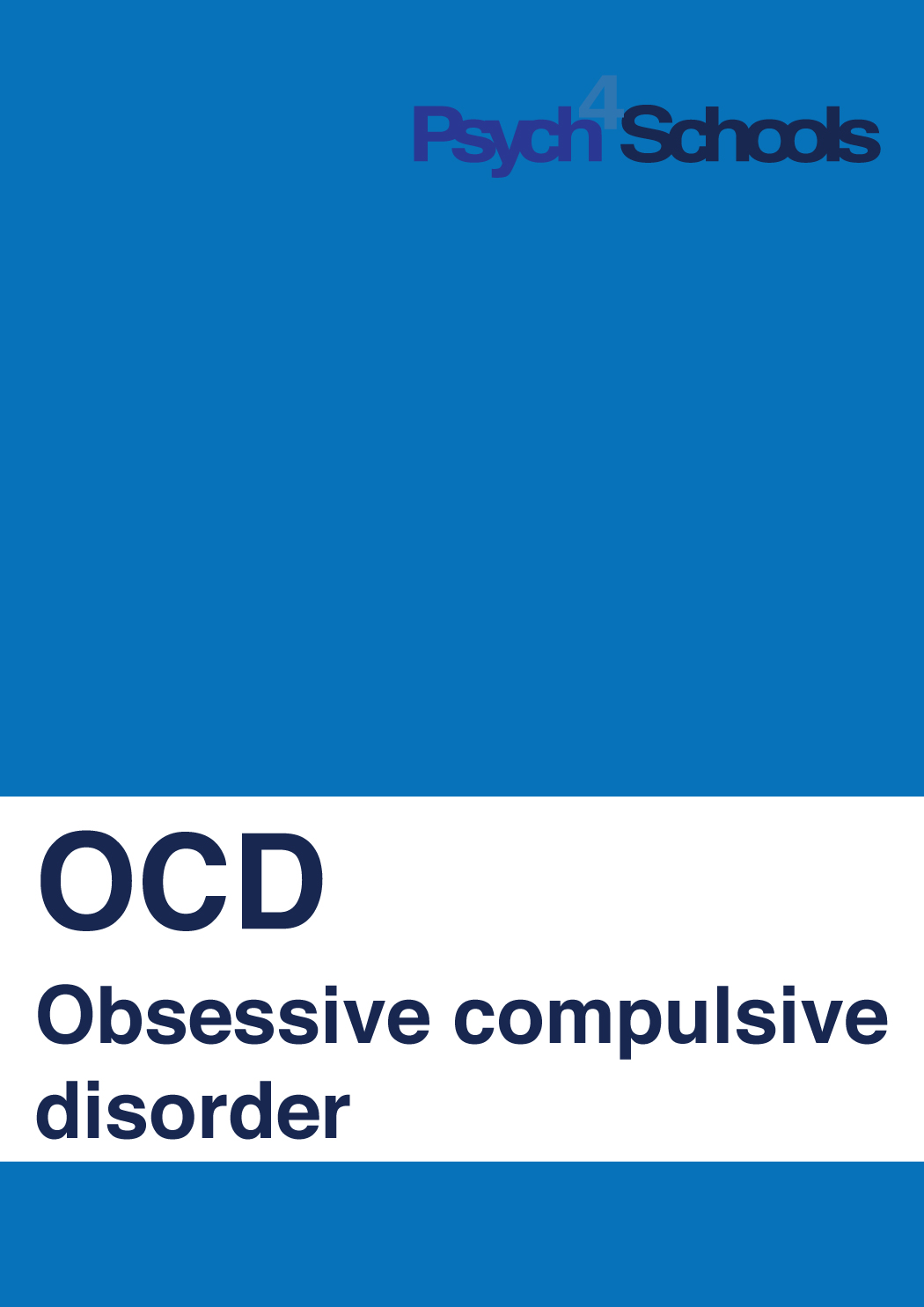PTSD
The following is an excerpt from the ebooklet Working with children diagnosed with post traumatic stress disorder (PTSD) by Murray Evely and Zoe Ganim.
Introduction
PTSD is a type of anxiety disorder that occurs following exposure to a life-threatening or extreme traumatic event, such as exposure to war, natural disasters, physical, sexual or emotional abuse, serious medical events, and major car accidents.
PTSD is characterised by the inability to move on from such a traumatic event.
Children are more at risk of developing PTSD if they have been exposed to more than one trauma, if the trauma was life-threatening, if they were physically close to the trauma if they have a close relationship with trauma victims (such as a parent or sibling), or if they have limited social support following the trauma.
Behaviours
Children with PTSD may exhibit some of the following behaviours:
- repeatedly displaying themes of the trauma in play, writing or drawing
- avoiding situations or things that remind them of the trauma
- decreased interest in activities
- fearfulness, sadness, irritability, anger or aggression
- ‘shutting down’, with ‘emotional numbing’ or detachment from others
- difficulty concentrating
- decline in academic performance
- impairments in social functioning
- becoming withdrawn from teachers and friends
- increased school absences
- physical symptoms such as headaches and stomach-aches
- may startle easily, for example, when hearing sudden, loud noises
- clinging to adults, whining, having tantrums
- being frequently ‘on alert’, hyper-vigilant or ‘wound up’
- telling stories of nightmares or vivid memories related to the trauma
- difficulties in sleeping with irritability at school.
How is PTSD diagnosed?
A diagnosis of PTSD will require consultation with a mental health practitioner or doctor. For a diagnosis of PTSD, the child must have been displaying a number of the above behaviours for more than one month following the extreme traumatic event.
When to seek further assistance
If you believe a child in your class may be suffering from PTSD, it is recommended that you refer them via their parents to the family doctor or a psychologist. If left untreated, PTSD may remain with the child throughout adolescence and into adulthood.
Traumatic events at school
If a traumatic event occurs at school or during school hours, typically the principal decides, in consultation with others, on the type and level of support to assist anyone who may have experienced, witnessed or learnt about a life-threatening or traumatic event. Education departments and other school governing authorities generally provide psychological advice and direct support following these critical incidents or emergency management situations.
Strategies to support the child suffering from PTSD
Immediately following a traumatic event, it is important to help provide a sense of stability in the child’s life and to acknowledge and validate the child’s emotions as normal reactions. To help reduce the likelihood of ongoing difficulties ensure the child can access support. Support is particularly important during the first 24 to 48 hours following the event and during the two weeks following the incident. See the Psych4Schools ebooklet, ‘Children who have experienced or witnessed a traumatic event in the past two weeks’ for more information.
Ensure the child feels safe in the classroom
- Minimise stress on the child. Have an agreed signal the child can use to indicate if they need some ‘space’ or ‘down time’.
- Work to identify any specific ‘triggers’ that may further upset or distress the child such as loud noises, specific comments by others, unexpected change.
- Show the child you care. Tell the child that you understand they are going through a difficult time. Offer yourself and one or two other teachers who have agreed to act as ‘buddy’ teachers to listen and support the child at school when needed.
- Work to maintain a positive relationship with the child. The child who is suffering from PTSD can be the most challenging one in your classroom, but a positive relationship with a caring adult is one of the most significant factors in building resilience and hope in a child who has experienced an extreme traumatic event.
- Maintain usual classroom routines. A consistent, predictable structure helps the child to feel safe at school and to realise that everyday life goes on. It may be helpful to have a copy of the class timetable on the wall. Ensure you give the child as much notice as possible of changes to the routine such as incursions, excursions, teacher absences and tests.
ISBN 978-1-921908-12-5
Copyright © Murray Evely and Zoe Ganim 2011
No part of this excerpt may be reproduced or reprinted without permission in writing from the publisher.
Click here to read copyright details, summary of the licence and terms and conditions to use and reproduce our digital materials granted to authorised users.
This article is an excerpt from the ebooklet PTSD.
Download the complete ebooklet for full access to strategies and resources, including:
- General recommendations
- Ensure the child feels safe in the classroom
- Increase support for the child at school
- If the child tells you about the traumatic event
- Increase the child’s ability to cope independently in the classroom
- Behaviour management and discipline
- If the child exhibits agitated behaviour, irritability or anger outbursts





